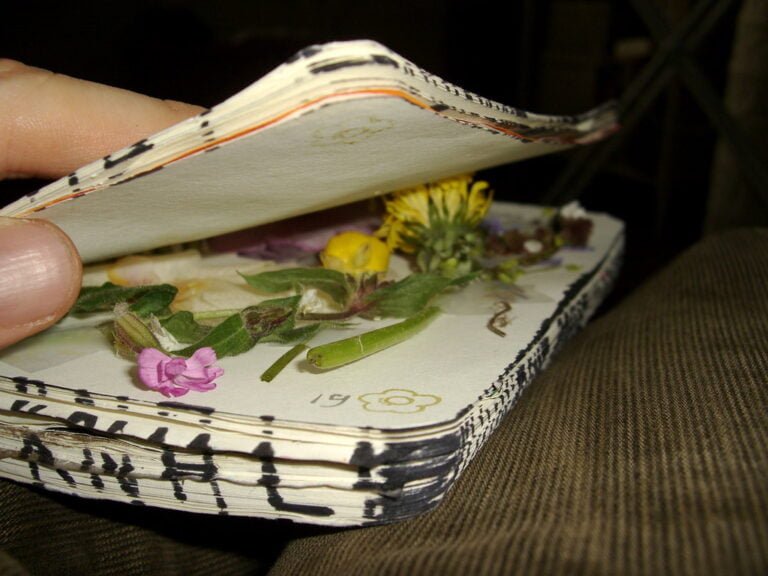A Comprehensive Guide to Safely Removing Palm Trees
Are you facing the daunting task of removing a palm tree from your property? Look no further! This comprehensive guide will equip you with the knowledge and expertise needed to safely remove palm trees. Assess the health of your palm tree, gather the necessary tools and equipment, and create a safe work environment. Learn how to climb the tree securely, employ proper cutting and pruning techniques, and dispose of debris effectively. With this guide, you'll be able to restore your site and maintain post-removal care with confidence.
Assessing the Health of Your Palm Tree
To properly assess the health of your palm tree, you should start by inspecting it from top to bottom using a ladder or binoculars. Begin by examining the fronds, the large leaves at the top of the tree. Look for any signs of discoloration, wilting, or pest infestation. Healthy fronds should be green and upright. Next, inspect the trunk for any cracks, soft spots, or holes, as these may indicate decay or disease. Pay attention to the base of the tree as well, checking for any signs of rot or fungus growth. Lastly, examine the roots, ensuring they are firm and well-established in the ground. If you notice any abnormalities or concerns during this assessment, it is advisable to seek professional assistance to address and resolve any issues promptly.
Gathering the Necessary Tools and Equipment
To gather the necessary tools and equipment for safely removing palm trees, you will need a few essential items. First and foremost, you will need a sturdy pair of gloves to protect your hands from any potential injuries. Additionally, a pruning saw will be necessary to cut through the palm tree's trunk. Make sure to choose a saw with sharp teeth and a comfortable grip. A step ladder or an extendable pole saw will also come in handy for reaching high branches and fronds. To safely transport the palm tree debris, you will need a wheelbarrow or a tarp. Lastly, don't forget to have a first aid kit nearby in case of any accidents. By having these tools and equipment ready, you will be well-prepared to safely remove palm trees.
Creating a Safe Work Environment
To ensure a safe work environment for palm tree removal, gather all necessary tools and equipment and take precautions to prevent accidents. Before starting the removal process, clear the area of any obstacles or debris that could pose a risk. Check the condition of your tools and equipment to ensure they are in good working order. Use personal protective equipment such as safety goggles, gloves, and a hard hat to protect yourself from potential hazards. Communicate with your team members effectively to ensure everyone is on the same page and aware of their roles and responsibilities. Establish a safe work zone by setting up barriers or caution signs to alert others of the ongoing work. Regularly inspect the work area for any potential risks and address them promptly. By following these measures, you can create a safe work environment for palm tree removal.
Safely Climbing the Palm Tree
Climb the palm tree safely by securing yourself with the appropriate safety harness and equipment. Before you begin climbing, make sure you have a sturdy ladder that can reach the desired height of the palm tree. Ensure that the ladder is securely placed on a stable surface and angled properly. Once on the ladder, attach your safety harness to a secure anchor point on the tree trunk. Double-check that the harness is snug and properly fitted to your body. Use a climbing rope to ascend the palm tree, making sure to maintain three points of contact at all times. As you climb, be mindful of any loose or weak fronds that could break under your weight. Take your time and proceed with caution, ensuring your safety every step of the way.
Proper Techniques for Cutting and Pruning
When cutting and pruning palm trees, it is important to use proper techniques to ensure the safety of both yourself and the tree. Proper cutting and pruning techniques not only promote the health and growth of the palm tree but also minimize the risk of accidents. Start by assessing the tree and identifying any dead or diseased fronds that need to be removed. Use sharp pruning shears or a pruning saw to make clean cuts at the base of each frond. When cutting, always aim to maintain the natural shape of the tree and avoid cutting too close to the trunk. Additionally, it is crucial to avoid over-pruning, as this can weaken the tree and make it more susceptible to diseases and pests. By following these proper cutting and pruning techniques, you can ensure the longevity and beauty of your palm tree.
Lowering Cut Fronds and Branches
Lower the cut fronds and branches carefully to prevent any damage or injuries. This step is crucial in ensuring a safe and efficient palm tree removal process. When lowering cut fronds and branches, it is important to have a clear plan in place. Start by assessing the weight and size of the frond or branch to determine the best method for lowering it. If the frond or branch is small and lightweight, you can carefully guide it down using your hands or a pole saw. For larger and heavier fronds or branches, you may need to use equipment such as ropes and pulleys to lower them safely. Always make sure there is a clear path below to avoid any accidents or property damage. By taking these precautions and following proper techniques, you can safely lower cut fronds and branches during palm tree removal.
Removing the Palm Tree's Trunk
To safely remove a palm tree, you will need to carefully dismantle and remove the trunk while following proper techniques. Removing the palm tree's trunk is a crucial step in the removal process. First, ensure that the area around the tree is clear of any obstructions. Next, use a chainsaw to make strategic cuts along the trunk. Start by cutting a horizontal notch on the side of the trunk facing away from any structures or obstacles. Then, make a second cut at an angle, creating a wedge-shaped piece. This will help guide the tree's fall in a controlled manner. Finally, make a horizontal cut on the opposite side of the trunk, slightly above the first cut. This will cause the tree to lean and eventually fall in the desired direction. It is important to exercise caution and use proper safety equipment while removing the trunk to prevent any accidents or injuries.
Disposing of Debris and Waste
To properly dispose of the debris and waste from removing a palm tree, you will need to follow certain steps. First, gather all the fallen fronds, branches, and trunk sections and place them in heavy-duty garbage bags. Make sure to wear protective gloves and eyewear to avoid any injuries. Once the bags are filled, tie them securely and place them in a designated area for collection. Next, check with your local waste management services to determine if they accept palm tree waste. Some areas have specific guidelines for palm tree disposal, such as requiring the waste to be bundled and tied. If your waste management services don't accept palm tree debris, consider hiring a professional tree removal company that specializes in palm tree disposal. They will have the necessary equipment and expertise to dispose of the waste safely and responsibly. Remember, proper disposal of palm tree debris is crucial for maintaining a clean and safe environment for you and your community.
Cleaning and Restoring the Site
After disposing of the debris and waste, it's time to focus on cleaning up and restoring the site. Start by removing any remaining remnants of the palm tree, such as small branches or leaves. Use a rake or broom to gather them up and dispose of them properly. Next, inspect the surrounding area for any damage caused during the removal process. Look for any broken or damaged structures, fences, or landscaping. Take note of any repairs that need to be made and address them promptly. Once the site is clear and any necessary repairs are completed, it's time to restore the area to its original state. Replace any soil that was disturbed during the removal process and replant any vegetation that was removed. Remember to water the newly planted vegetation regularly to promote healthy growth. By following these steps, you can ensure that the site is clean and restored, leaving no trace of the palm tree's presence.
Post-Removal Care and Maintenance
For optimal post-removal care and maintenance of your palm tree, ensure regular watering and regular inspections of the surrounding area. Watering is crucial to help the tree recover from the removal process and promote healthy growth. It is recommended to water the area thoroughly, allowing the soil to absorb the moisture evenly. This will provide essential nutrients for the remaining roots and encourage new root development. Additionally, inspect the area regularly to ensure there are no signs of pests or diseases. Look out for any wilting leaves, discoloration, or unusual growths, as these may indicate underlying issues. Promptly addressing any problems will help maintain the health and beauty of your landscape. By consistently attending to these post-removal care tasks, you can ensure the long-term vitality of your palm tree and the overall health of your surroundings.
Conclusion
In conclusion, safely removing palm trees requires careful assessment of their health, gathering the necessary tools and equipment, creating a safe work environment, and practicing proper cutting and pruning techniques. Climbing the tree safely is crucial, followed by the removal of the trunk and proper disposal of debris. Cleaning and restoring the site, as well as post-removal care and maintenance, are essential to ensure a successful palm tree removal process. With the right knowledge and attention to detail, you can safely remove palm trees from your property.






